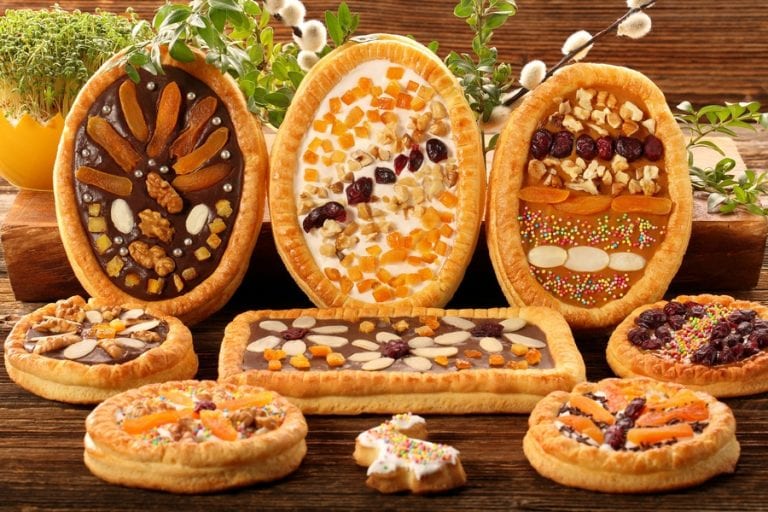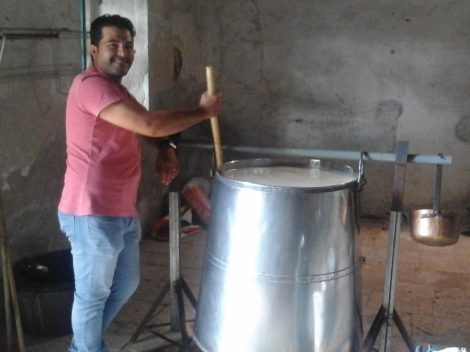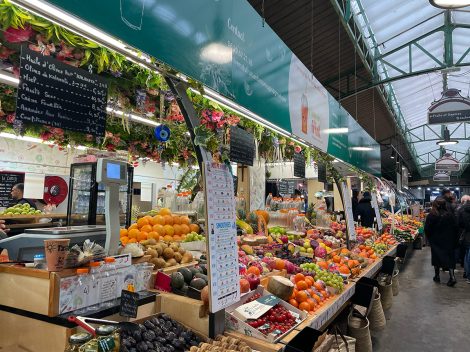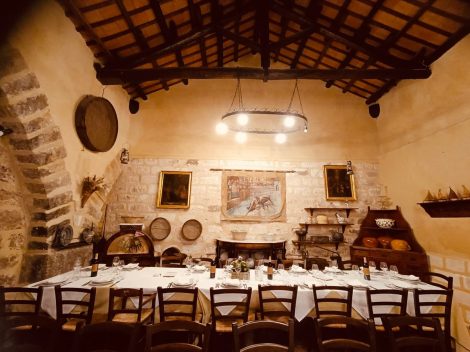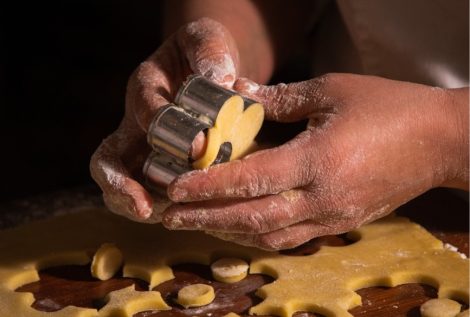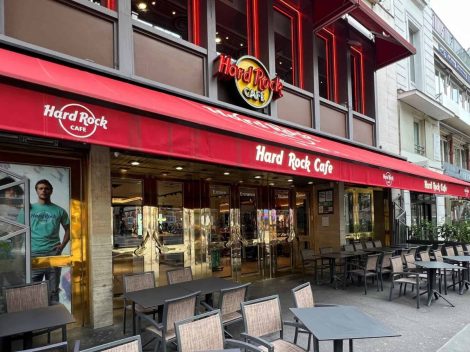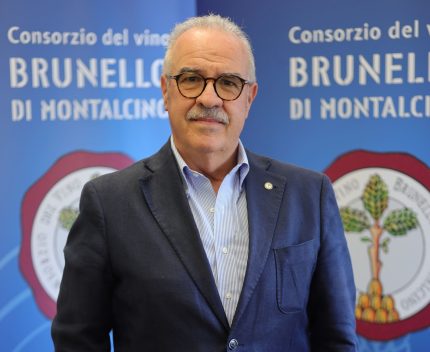Easter in Poland
There is no more popular holiday in Poland than Easter. The country for centuries has made Catholicism one of its symbols of national identity. Holy Week starts on Palm Sunday, with the common tradition of olive twigs uniting the various Christian peoples. In this case, however, the olive leaves are intertwined with willow twigs, flowers, ribbons and coloured feathers. Thus giving life to floral creations in all respects, different colours, shapes and sizes, which in some places - Lipnica Murowana and Lyse above all - as protagonists of a competition with prizes dedicated to the most beautiful arrangement. From floral decorations we go to the Via Crucis procession, held on the occasion of Good Friday in memory of the passion of the Christ, with a vigil on the grave that ends with Easter Mass. In addition, each family holds their own traditions of celebration, which vary from village to village. One above all puts everyone in agreement: the Easter Sunday meal, a sumptuous feast full of delicacies ranging from sweet to savoury, from cakes to sausages, a varied table that's very similar to the Italian one, with decorated eggs in the lead - symbol of the Resurrection par excellence.
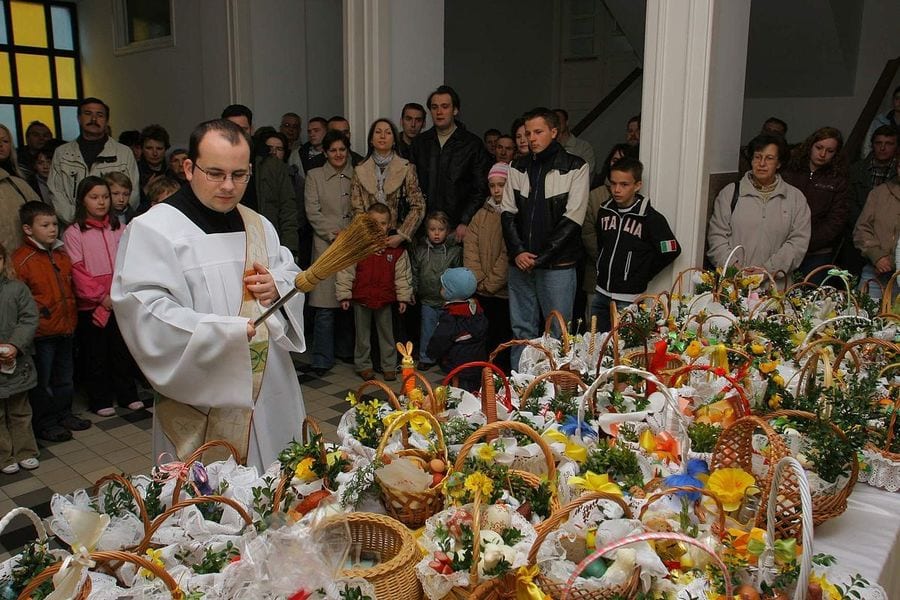
Babka, the Grandma cake
Among the most popular sweets in Poland is babka, a leavened dough cake filled with chocolate (or alternatively sugar and cinnamon or dried fruit), which owes its name to the figure of the grandmother: "babka", in fact, means "little grandmother" in Ukrainian, Russian and Eastern Europe Yiddish. The cake is a specialty popular in all of Eastern Europe, but in Poland it finds one of its best expressions and above all a unique reputation, which allowed the recipe to be known abroad. The sweet has its roots in the Jewish tradition, especially during Shabbat, the feast of rest celebrated every Saturday, during which grandmothers used to use the ceremonial bread, challah leftovers to prepare sweets stuffed with seeds and nuts.
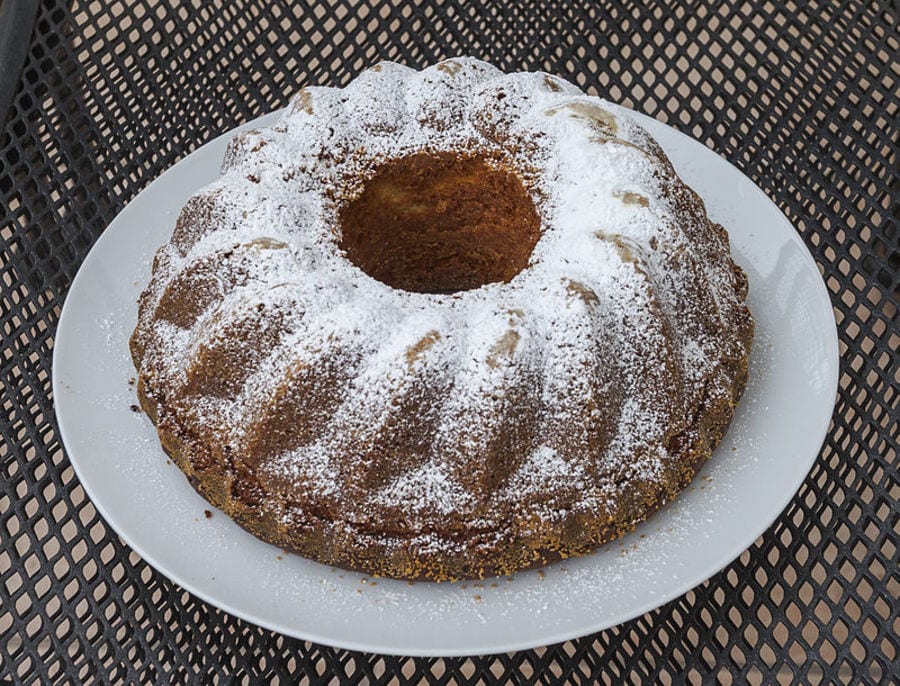
Chocolate is added to the cake after the arrival of East-European Jews in New York. In the Big Apple, in fact, chocolate was an easily available and affordable product, perfect to lend more flavour to desserts. There are in fact several theories regarding the exact origin of babka. According to some, the cake was born in Ukraine as a symbol of fertility. Russian and German culture historian Lesley Chamberlain, on the other hand, believes that it derives from the Italian panettone, a specialty brought to Poland in the Sixteenth century by Bona Sforza d'Aragona, queen consort of Poland. Whatever the origin, nowadays bakba is a leavened roll made with butter, vanilla, egg yolks, citrus peel, sugar, salt and flour, and studded with dark chocolate bits.
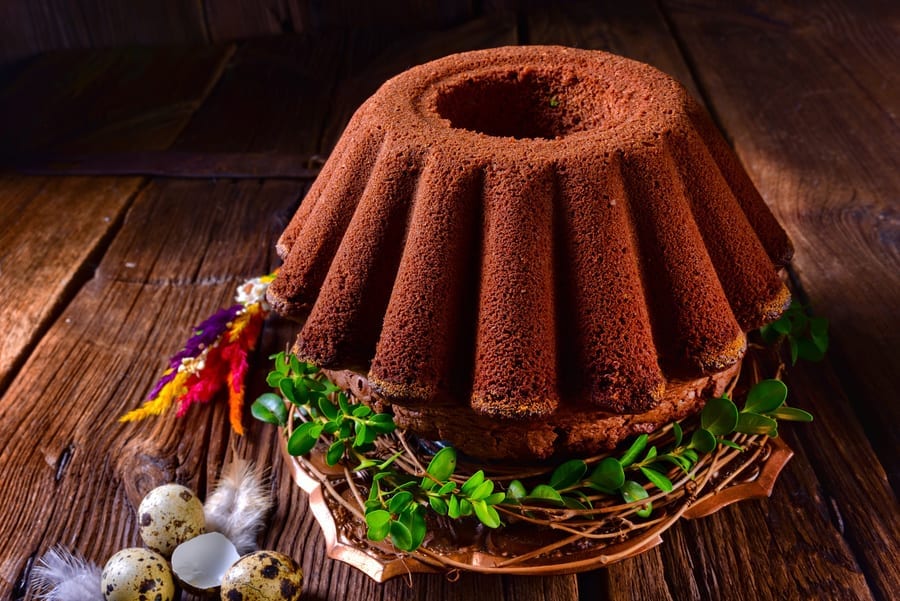
Mazurek, a decorated tart
Another sweet recipe that's part of the Easter breakfast is mazurek, a crostata tart prepared with a kind of brisé pastry filled with jam and chocolate. The name may derive from Mazur (or Masurian), an ancient tribe of the central Mazovia region, or from mazurka - called mazurek in Polish - typical folkloric dance particular of the country. Always one of the most popular and appreciated Polish desserts, the tart is the perfect dish to break the Lenten fast thanks to its rich caloric intake (the filling is usually added with dried fruit).
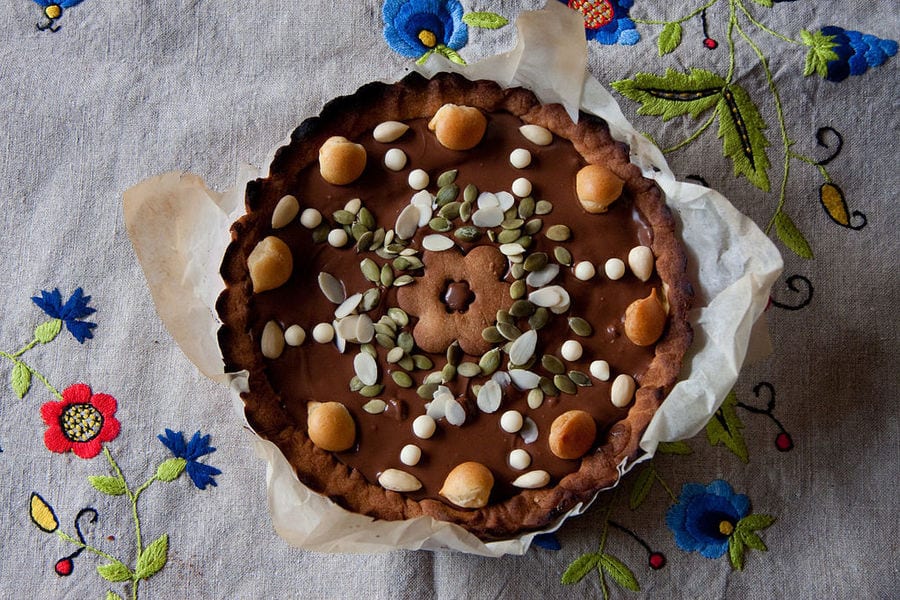
What distinguishes this specialty are the pastry decorations representing all the typical Easter symbols, such as bunny rabbits and olive twigs. Flour, ground walnuts, sugar, butter, eggs and a little sour cream: these are the basic ingredients of the dough, codified by the Ministry of Agriculture and National Rural Development, which has included the recipe in the list of the country's typical food products. The filling varies according to area, but also how each family, according to tradition, interprets the recipe, which may include almonds, meringues, poppy seeds (widely used in Eastern European pastry), custard, dried fruit and spices. This is a delicious dessert that’s suitable for any occasion; it is often consumed even during the Christmas holidays, in this case traditionally using 12 different elements that symbolize the apostles. It is a dessert that can easily be prepared in advance.
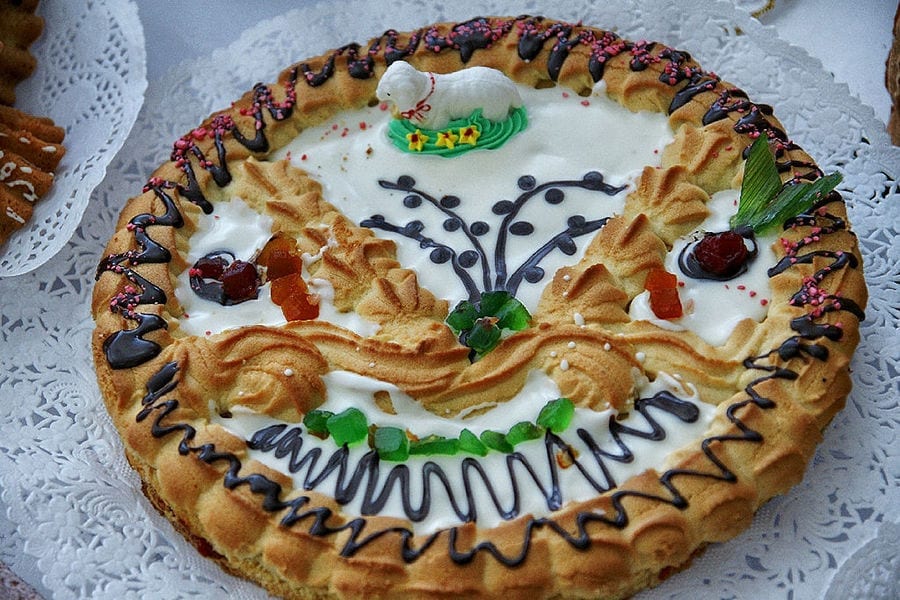
Savoury products: symbols of the Easter basket
There is no shortage of savoury delicacies in this list. To mark the beginning of the holidays is the swieconka, the blessing of the Easter basket in gratitude to the Lord. Traditionally, the basket - decorated with ribbons and coloured flowers - is brought by families to church on Saturday mornings, to be blessed by the priest. At home after the blessing, the food is kept aside until Sunday breakfast.
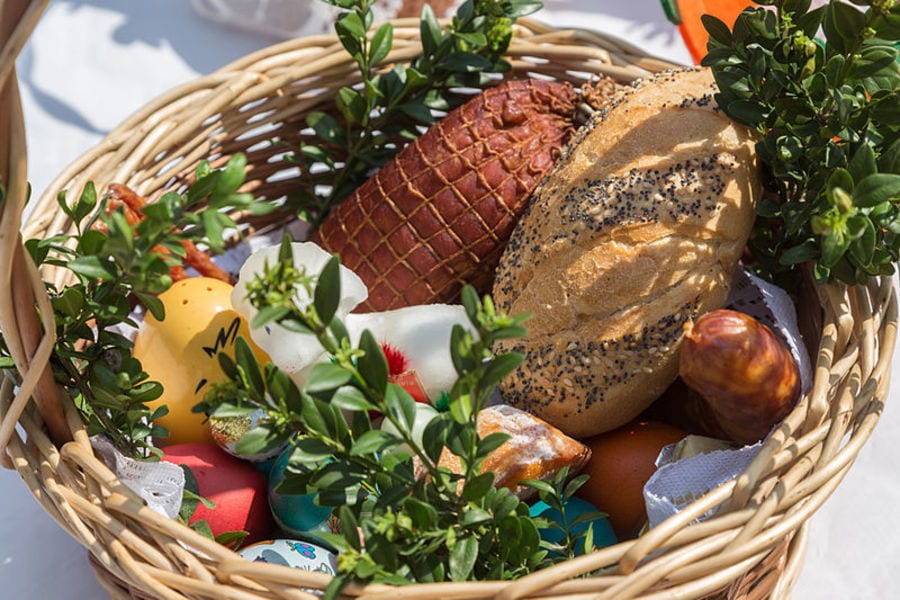
The Easter Sunday begins with an exchange of blessed eggs among the various family members, friends and guests, and continues with the ritual opening of the basket. In it are usually babka, mazurek but also different cured meats, lamb, the symbol of Easter par excellence, sausages, and dairy products.
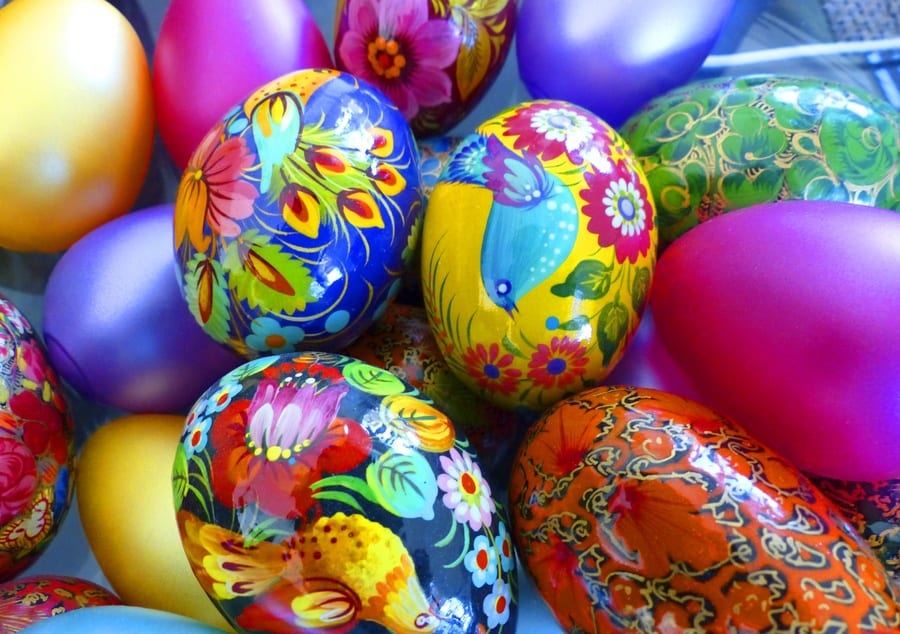
Always in the basket is maslo, a stick of butter shaped like a lamb or a cross; chrzan, horseradish associated with the Passion of the Christ; pisanki eggs decorated with the symbols of rebirth and prosperity in remembrance of the Resurrection. Then there’s also kielbasa, a typical eastern European sausage made with ground pork, beef, turkey, lamb, chicken or veal, and available in different flavourings, like the classic smoked, symbolic of the generosity of Christ. Also, szynka ha mas symbol of abundance; slonina, a smoked bacon which stands for Christian mercy; sol (salt) symbolic element for prosperity, and cheese – ser – symbol for moderation.
by Michela Becchi
translated by Eleonora Baldwin

